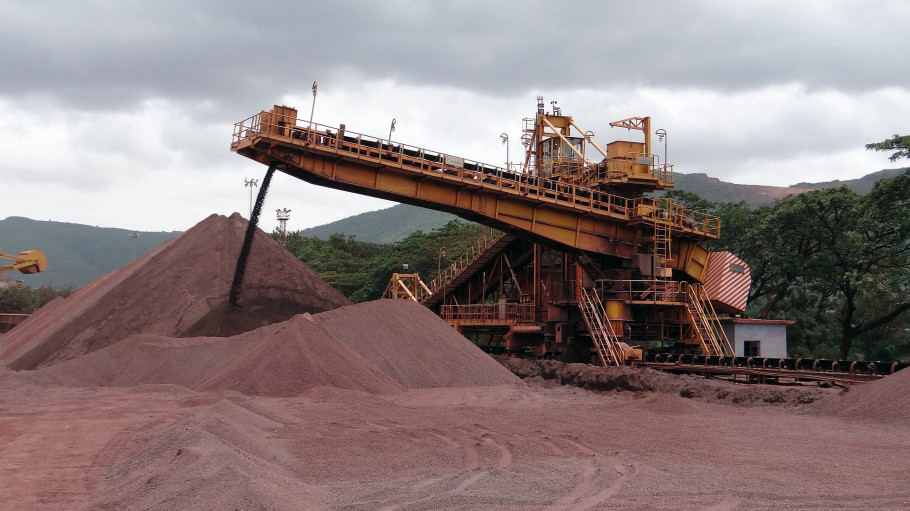
Issues » Environment » Raw materials
Raw materials
Recent content

The three main raw materials used to make pig iron (which is the raw material needed to make steel) for primary steel production in a blast furnace are the processed iron ore, coke (residue left after heating coal in the absence of air, generally containing up to 90% carbon) and limestone (CaCO3) or burnt lime (CaO), which are added to the blast furnace at regular intervals.
Ironmaking furnaces require at least a 50% iron content ore for efficient operation. However, the cost of shipping iron ore means that it is often purified to some degree before being shipped - a process called 'beneficiation'. These processes include crushing, screening, tumbling, floatation, and magnetic separation. The refined ore is enriched to over 60% iron by these processes and is often formed into pellets before shipping.
In secondary steel production - in an electric arc furnace - scrap is the primary raw material. Scrap is also used in smaller quantities in primary steel production in order to control the reduction reaction (from iron oxides to 'free' Fe ions)
There are several basic elements which can be found in all commercial steels. Carbon is a very important element in steel since it allows the steel to be hardened by heat treatment. Only a small amount of carbon is needed to produce steel: up to 0.25% for low carbon steel, 0.25-0.50% for medium carbon steel, and 0.50-1.25% for high carbon steel. Steel can contain up to 2% carbon, but over that amount it is considered to be cast iron, in which the excess carbon forms graphite. The metal manganese is used in small amounts (0.03-1.0%) to remove unwanted oxygen and to control sulfur. Sulfur is difficult to remove from steel and the form it takes in steel (iron sulfide, FeS) allows the steel to become brittle, or hot-short, when forged or rolled at elevated temperatures. Sulfur content in commercial steels is usually kept below 0.05%. A small quantity of phosphorus (usually below 0.04%) is present, which tends to dissolve in the iron, slightly increasing the strength and hardness.
Steel can be given many different and useful properties by alloying the iron with other metals such as chromium, molybdenum, nickel, aluminum, cobalt, tungsten, vanadium, and titanium, and with nonmetals such as boron and silicon.
Source: https://science.jrank.org/pages/6483/Steel-Raw-materials.html
European Steel in Figures 2025 is EUROFER's statistical handbook, laying out in an easy-to-use format the key statistics and data about the performance and footprint of one of Europe's most important strategic sectors
Brussels, 8 May 2025 – Seventy-five years ago, on 9 May 1950, the Schuman Declaration laid the foundation for European unity, placing coal and steel at the heart of a unique peace project that has brought unparalleled prosperity across the continent and beyond. As the EU commemorates this milestone, the fate of Europe’s steel industry will once again determine Europe’s future.
Brussels, 19 March 2025 – The Steel and Metals Action Plan, unveiled today by the European Commission, provides the right diagnosis to the existential challenges facing the European steel industry. Concrete measures need to follow swiftly to reverse the decline of the sector, re-establish a level playing field with global competitors, and incentivise investment and uptake of green steel in the market.